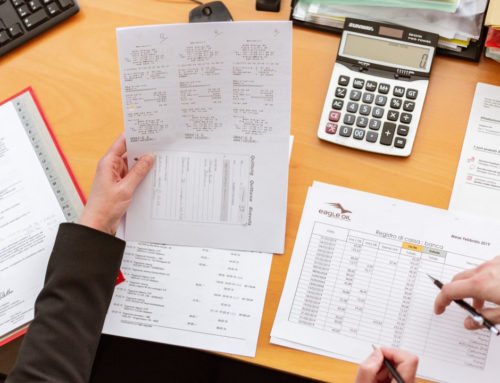Fast fashion has never been a more loaded term. Customers see styles on social media and want to buy them immediately.
The biggest in the business, like H&M and Zara, count their time from concept to on-sale in days-not weeks. Even Uniqlo, a brand not known for being a leader in tech, has reduced its time from design to delivery to less than two weeks. Consumers love being able to jump on new styles right away, and they’ve rewarded these companies for their speed. All of these chains are doing fantastically well relative to the vast majority of the industry.
There’s a good chance your company can never compete with the big guys on speed. Unless you radically change your supply chain, it just can’t be done. But that doesn’t mean it’s not worth making changes to improve your speed to market. Any edge you can get over your competitors in speed to market is in your favor.
Even if you can’t get your lead times to match the likes of Zara (if it were easy, everyone would do it), you can still take steps to reduce the gap between design and delivery. And it doesn’t necessarily require you to rearrange your entire supply chain.
See also: What Is Assortment Planning?
One factor that’s well within your control is the way you do your merchandise and assortment planning. Even if you can’t get items produced or imported any faster, you can get faster at planning, and lock in your assortments closer to the time they’ll be in-season.
Think about the time it takes to accomplish tasks in the buying process that should be simple. How long does it take to do a buy plan from start to finish? How long does it take for managers to get a rollup? How long do buyers have to wait for their spreadsheets to update when they make a change?
What would it mean for the speed of your business to eliminate those time-costly processes?
Now is the time to look to automation to alleviate the burden placed on buyers and planners. There are automation tools for just about every job – from marketing to scheduling front-line employees, and everything in between. But most buying offices are still running on spreadsheets.
The fact is that buyers are expected to do all sorts of manual tasks, like transcribing numbers from one spreadsheet to another, and entering purchase order information. Buyers also spend a lot of time waiting for their makeshift tools to run calculations. It’s a waste of their talents, and it’s causing a major bottleneck that could be hurting your speed to market.
See also: 7 Things You Need To Automate For Your Buyers Right Now
We’ve proven that automating manual tasks can save up to 25% of buyers’ time. If, for argument’s sake, it takes your team a month to finalize a buy plan, you can shave a week off of your planning cycle. And this can be accomplished just by taking away time consuming chores like data entry and manual calculations.
In this day and age there’s simply no excuse to stick with manual systems when automation is available. Industry-leading assortment planning software can connect all parts of the buying process. It can virtually eliminate data entry, and end the long waits for calculations. And it can help you get products to market faster.





















